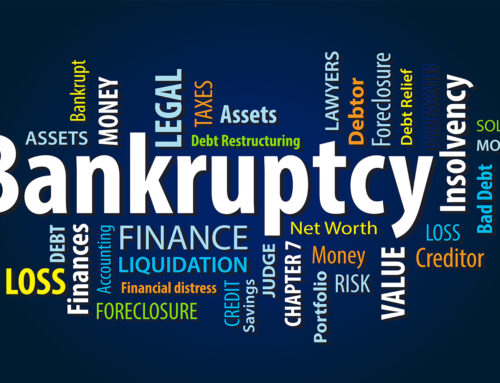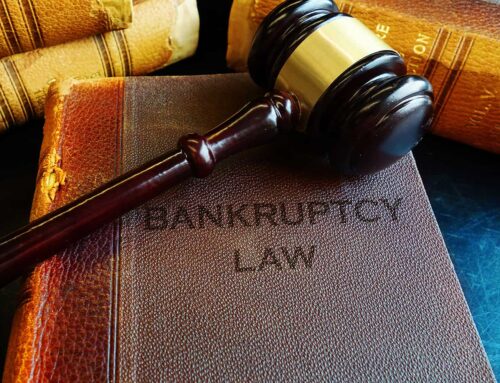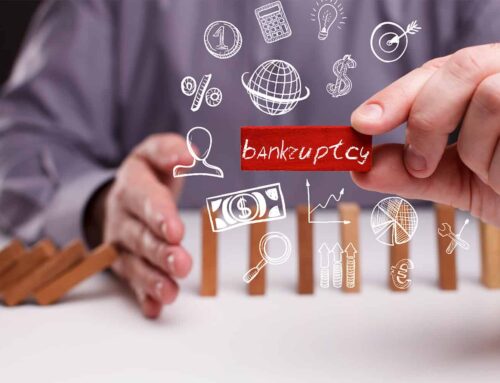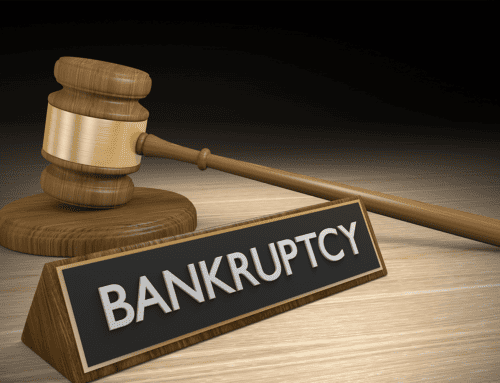2020 is the year of Murphy’s Law in many ways, and Covid-19 is no exception. Bankruptcy filings are increasing, and more may be on the precipice. If you’re considering filing for bankruptcy, you may have a lot of questions. A common question that often comes up is whether you can keep your personal vehicle. Just because you file, bankruptcy doesn’t mean you can go without a home and car. Keep reading to find out more.
Car Loans Are Secured Debt
Secured debt is debt that has collateral, which is something of value that can be collected in the event of default. The value of the collateral can not be more than the amount of the loan. With secured debt, creditors can repossess the collateral in the event of default. A bank can foreclose on your home if you default on that loan, and they can physically take your car if you default on it. The bank then sells the asset to compensate for their loss and applies the funds toward your outstanding balance.
To avoid car repossession, you must take active steps to attempt to keep it. Don’t hide from creditor calls and avoiding this will likely end up with a tow truck in your driveway hauling off your vehicle. Instead, keep the lines of communication going and consider these steps.
Four Ways To Keep Your Car During Bankruptcy
If you’ve not yet filed for bankruptcy, here are five options to keep your car.
1. Reaffirm Your Vehicle Loan
If your lender doesn’t agree to maintain your current loan structure, don’t be surprised. Most lenders require you to sign a reaffirmation agreement, which is approved by the court and restructures your loan terms. Similar to the original loan, the contract is legal and binding through the bankruptcy proceeding. If you don’t have the debt discharged and want to keep your car, this is an option, but they will still repossess your vehicle if you don’t maintain payments.
2. Negotiate Your Deal
It’s a long shot, but you may be able to get the lender to agree to a lower balance and renegotiation of loan terms, especially if the balance owed is more than the fair market value of the car. Credit unions and smaller financial institutions are most likely to agree to this, but you better brush up on your negotiation skills because it’s not common practice.
3. Redeem the car loan with a new lender
If you try to negotiate the loan balance to the lower fair market value described in point three, you can attempt to do so through the court. In this situation, the judge would determine the fair market value and the creditor would decide whether they want to act as the creditor. If not, you should have the option of applying for the new loan amount with a new financial institution. All of this occurs through the bankruptcy court.
4. Raise the White Flag
If you are unable to find a way to keep your vehicle and confidently make payments through the bankruptcy process, you may have to surrender it. Take your car back to the dealer and obtain paperwork showing that it is surrendered. This must occur prior to your bankruptcy filing. The surrendered vehicle will then be sold, typically for less than what is owed, and the remaining balance is called the deficiency balance and is generally discharged in bankruptcy.
Know Your Options
The four options discussed thus far pertain to a chapter 7 bankruptcy filing. Another option is to file a chapter 13 bankruptcy, which is basically a reorganization of your debt with continued payments contingent upon the age of the loan and the fair market value of the vehicle. Considering bankruptcy can feel like you’re out of options, but you do have options available to you. Call us at (805)494-8400 to discuss this and learn more about filing bankruptcy.






